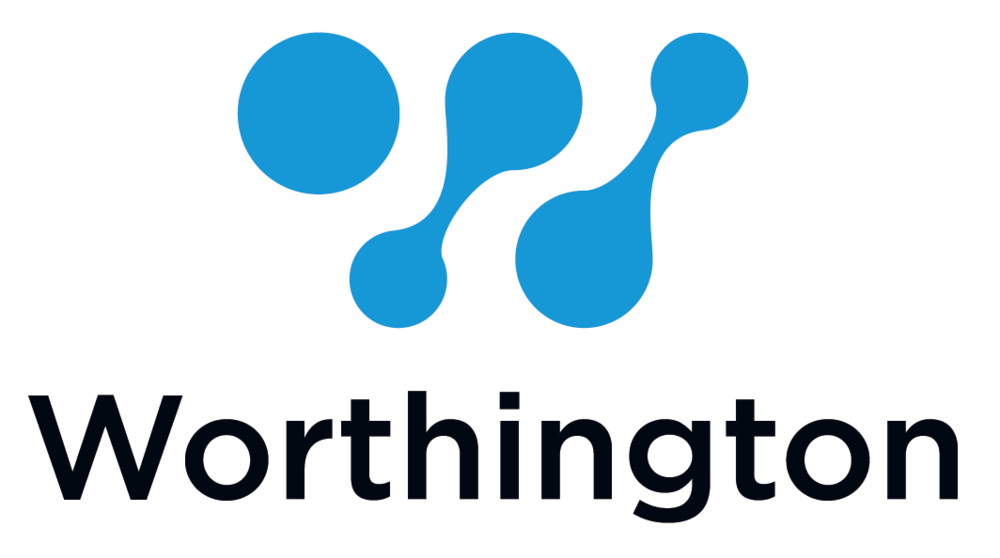A popular topic that customers ask about is how to save money on their assemblies. So we've written a few articles to try to address this topic. Each of the articles begins with the phrase "Cost Savings" and we will provide a link at the bottom of each article that will combine them and display them all together.
By far the single largest impact you can have on the cost of your circuit board is making it a double-sided circuit board instead of a single-sided circuit board.
Single-sided SMT only designs are the least expensive circuit boards to manufacture. When you have to design a circuit board with SMT components on both sides, you're basically asking us to build two different circuit boards. It requires extra tooling, extra programming, extra handling, etc. Everything is essentially doubled because, hey, it's double-sided.
In fact, it's even more complicated than that. Once you have assembled the first side of the circuit board you have to consider all of those components hanging off the bottom side as you assemble the top side. When a board gets clamped into a machine it uses flat bars or pins to support the center of the circuit board while it's being assembled. These support pins are necessary because circuit boards are not always flat. So when a stencil printer needs to do its job, it needs a nice flat surface to work with. The same goes for a pick and place machine. Remember, this machine is placing components as small as 0.001" x 0.0005". In order to do this accurately and repeatably you need conditions to be near perfect. And a circuit board that's even slightly bowed will be a real issue.
Support Pins - Used to support the circuit board during assembly
So when these pins go to make contact with a circuit board that already has components on the bottom side, they can cause serious damage because they're pushing with a lot of pressure. If you want to prevent this damage, you need to be careful about where you place these pins. This takes time and in this business, time is quite literally money. There are vendors who make pneumatically controlled conformal tooling, which WAi does use, but in general it's these tooling pins that get used more often than not. The conformal tooling does not always provide the same level of support that a hard tooling pin can provide.
To setup these tooling pins requires a person looking at where the components are, putting the pins where they think they belong, and then using a mirror to make sure that none of the pins are touching components that could be damaged. It's time consuming and a pain in the neck. It's not impossible. It's just annoying. It's just one more thing that can add to the cost of assembling a double sided board.
But we're still not out of the woods yet. We've got to worry about reflow. When designing your double-sided circuit board, this is the biggest concern you should have. Will my components fall off of the bottom side when the top side is being reflowed (in case you're not aware, solder has surface tension that holds components in place even when held upside down inside of a reflow oven. This surface tension does have a limit though). Sometimes the surface tension of solder is just not strong enough to hold heavier components. Components like wifi and bluetooth modules, many large inductors, and even some heavier connectors can fall off during reflow. We have a lot of experience with this so we tend to be able to identify parts that might potentially fall off during secondary reflow, and for these cases we will use a thermally cured adhesive, commonly referred to as "Chipbonder". But even chipbonder has its limitations. So whenever possible, try to put your largest and heaviest components on the top of the assembly and your small chip resistors and capacitors on the bottom side.
To sum this up here's a quick list of the things that make a double-sided assembly more expensive than a single-sided assembly.
Potential for two stencils if we can't fit both images onto one stencil
Each machine needs to be programmed for two different assemblies
All machines need to be loaded and unloaded twice
Tooling pins need to be carefully placed in order not to damage components already soldered
Heavy components could potentially fall off the bottom side during secondary reflow
So when designing your next circuit board, please consider the extra cost of a double-sided assembly. It can really add significant expense. We totally understand if you must have a double-sided design, we build them very regularly here. But if you can get away with a single-sided design, you may save yourself a bundle.
If you have any questions we'd love to hear from you. Please feel free to email me at cdenney@worthingtonassembly.com or give us a call at (413) 397-8260.


